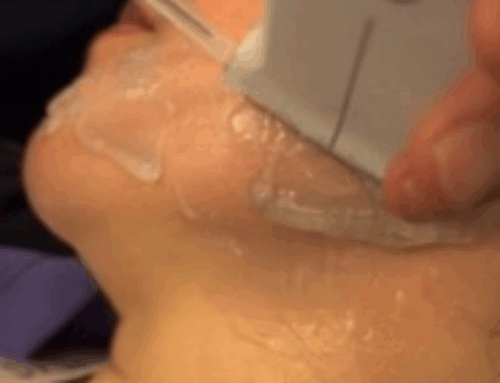Transdermal drug delivery systems are gaining attention as an effective, non-invasive alternative to oral and injectable medications. By delivering drugs directly through the skin into the bloodstream, these systems offer advantages such as improved patient compliance, controlled drug release, and reduced systemic side effects. This method avoids the digestive system and first-pass liver metabolism, which are common with oral medications. It also offers a non-invasive alternative to injections, improving patient adherence and reducing side effects. One of the key enablers of this technology is medical-grade silicone, which enhances patch performance through superior adhesion, skin compatibility, and design flexibility. Recent innovations—including ultrasound-assisted silicone patches—are expanding the therapeutic possibilities of transdermal delivery, particularly for larger molecules and long-term treatments.
The Role of Medical-Grade Silicone
Medical-grade silicone plays a crucial role in the effectiveness of transdermal patches. Its biocompatibility ensures minimal skin irritation during extended use. Additionally, silicone’s flexibility and chemical stability allow patches to conform to the body, maintaining consistent drug contact and dosage delivery. Silicone adhesives are particularly useful for long-term wear, as they provide strong, skin-friendly adhesion even under sweat, heat, or motion.
Advantages Over Traditional Adhesive Materials
Compared to conventional adhesives, silicone materials offer superior performance in both comfort and function. Silicone patches allow the skin to breathe, maintain adhesion without damaging the skin barrier, and reduce the risk of allergic reactions. Their customizable permeability also supports precise control over drug release rates.
Innovations in Ultrasound-Enhanced Silicone Patches
Recent research from MIT introduces an innovative application of silicone in combination with ultrasound technology. The newly developed patch uses painless ultrasonic waves to create microscopic channels in the skin’s outer layer, improving drug permeability without the need for microneedles or chemical enhancers. This approach allows for the delivery of larger molecules—such as peptides and proteins—opening doors for transdermal treatment of diseases that previously required injection-based therapies.
Toward Personalized and Multifunctional Drug Delivery
Medical-grade silicone also enables the development of personalized and multifunctional drug delivery systems. Its moldability supports ergonomic designs tailored to individual patients, while integration with biosensors and smart technologies could lead to patches that monitor health metrics and adjust drug dosing in real time.
Medical-Grade Silicone Advancing
Medical-grade silicone is reshaping the future of transdermal drug delivery. By enhancing adhesion, improving comfort, and enabling advanced technologies like ultrasound-assisted drug transport, silicone-based patches are becoming a cornerstone in non-invasive, patient-friendly therapy. As research progresses, these systems may soon offer broader treatment options across multiple therapeutic areas.

